DIY Massage Rituals: Transform Your Home Into a Natural Healing Spa
| Authored by: Abhishek Ranjan Jha |
| Reviewed by: Kapil Dhameja |
| Estimated Reading Time: 6 minutes |
There’s something quietly radical about taking ten minutes for yourself in the middle of a busy day. For many of us, booking a spa appointment is lovely but not realistic; kids, deadlines, or simple finances get in the way. That’s where massage at home becomes powerful. With a few cupboard ingredients, a little knowledge of strokes, and a small ritual, you can relieve pain, sleep better, boost circulation, and—yes—even support healthier-looking skin and hair.
This guide is practical, not preachy. I’ll show you the science in plain language, give you recipes you can make tonight, walk you through step-by-step rituals (when to do them, how often, what oil to use and why), and explain which strokes do what. There’s an Ayurveda section too, because ancient systems were already doing a lot of what modern science confirms. Let’s begin.
The quiet power of touch — why massage at home matters
We underestimate touch. A 10-minute self-massage stimulates mechanoreceptors in the skin, which send calming signals to the brain and lower cortisol. Practically, massage increases blood flow (microcirculation), which helps deliver oxygen and nutrients to fatigued muscles and speeds metabolic waste removal through lymphatic drainage. That is a clumsy way to say: you feel less stiff, your mind eases up, and your tissues recover faster.
A personal note: I started doing a short shoulder-and-temple routine during a particularly stressful month. Two weeks in, my sleep improved and the constant neck tightness eased. That’s the everyday power of massage at home — small, cumulative effects.
Kitchen ingredients that actually work (and why)

-
Coconut oil (rich in lauric acid): Light, mildly antimicrobial, and good for dry skin and hair ends. It penetrates the hair shaft better than many other oils because of its fatty acid profile.
-
Olive oil (high in oleic acid, vitamin tocopherol): Thick and deeply moisturizing. Good for night treatments and for mature skin.
-
Sesame oil (traditional Ayurvedic favorite): Warming, antioxidant-rich, penetrates well when warmed; great for Vata-type balances.
-
Mustard oil (contains allyl isothiocyanate): Very warming and stimulating to circulation — use diluted.
-
Castor oil (high in ricinoleic acid): Thick, excellent for scalp massage to support lubrication and reduce dryness.
-
Jojoba oil (actually a wax ester close to human sebum): Lightweight, non-greasy, good for oily skin and balancing sebum.
-
Almond oil (contains magnesium and vitamin E): Gentle, nourishing, ideal for sensitive skin.
-
Aloe vera gel: Hydrating humectant, great for cooling, especially in summer.
-
Herbal infusions: Turmeric (curcumin), ginger (gingerol), rosemary (carnosic acid) can be infused into oils to add anti-inflammatory or circulation-boosting properties.
Important chemistry note: oils are emollients and occlusives — they reduce water loss and lubricate tissue. Humectants like aloe or glycerin pull water into the skin. Combining them cleverly is the secret.
How to make simple massage blends (recipes you can actually follow)

Make small batches, use clean glass, and label jars with the date. Simple base + active = effective.
Soothing Sleep Blend (overnight)
-
60 ml coconut oil (melted if solid)
-
5 drops lavender essential oil
-
1/4 tsp vitamin E oil (tocopherol)
-
Warm slightly, massage into temples, neck, feet before bed. Use 3–4 times a week.
Energizing Morning Oil
-
50 ml sesame oil
-
5 slices fresh ginger simmered in oil for 5 minutes then strained
-
Cool and store. Apply quick 5-minute leg-and-arm strokes in the morning for circulation.
Scalp Growth Booster
-
40 ml castor oil + 20 ml jojoba oil
-
2 drops rosemary essential oil + 1 drop peppermint (dilute peppermint well)
-
Massage into scalp for 5–10 minutes twice weekly.
Joint Relief Rub
-
60 ml olive oil
-
1 tsp ground turmeric warmed and strained into the oil (or add 2 drops clove oil)
-
Spot apply to joints with gentle kneading.
Light Daily Serum (fine hair / oily skin)
-
80 ml jojoba oil
-
3 drops lemon essential oil (for scalp — avoid in sun exposure)
-
Daily small-amount apply to ends or for quick scalp refresh.
Tip: If using fresh herbs or spices, strain and refrigerate; treat as perishable (1–2 weeks). If you want a shelf-stable oil, use dried herb infusions and sterile technique, or add cosmetic-grade preservatives (if you’re comfortable)
DIY self-massage rituals — step-by-step with timing & frequency
Rituals are more than mechanical steps; they’re cues for your nervous system. Do them consistently — that’s how effects accumulate.
A. Morning Wake-Up Ritual (6–8 minutes)
Best for: sluggish mornings, poor circulation.
Oil: Warm sesame-ginger oil (recipe above).
Steps:
1. Sit at edge of bed. Rub a small amount between palms until warm.
2. Long effleurage strokes up each leg toward the heart (30–45 seconds).
3. Circular kneading on calves and thighs (about 2 minutes total).
4. Finish with brisk tapping (tapotement) on thighs and shoulders for 30 seconds to stimulate.
Frequency: Daily.
B. Desk-Worker Neck & Shoulder Reset (4–6 minutes)
Best for: neck stiffness, headaches.
Oil: Light jojoba or almond oil.
Seps:
1. Apply a few drops to fingers.
2. Use thumbs in circular motions at the base of skull (suboccipital area) — gentle.
3. Palm the trapezius with long strokes toward the shoulder, then squeeze (petrissage).
4. Light percussion (cupid’s kiss style) over trapezius for 30 seconds.
Frequency: Twice daily if sedentary.
C. Evening Unwind & Sleep Prep (10–15 minutes)
Best for: anxiety, insomnia.
Oil: Coconut + lavender.
Steps:
1. Warm the oil. Start with feet: press along the sole, thumb circles on the arch.
2. Long gliding strokes (effleurage) up calves and thighs toward the heart.
3. Light abdomen massage in clockwise circles (digestion support).
4. Finish with gentle scalp strokes (circles) and temple rubs.
Frequency: Nightly if possible.
D. Weekend Deep-Tissue Session (20–30 minutes)
Best for: muscle knots, post-workout soreness.
Oil: Mustard or warmed olive oil with clove infusion.
Steps:
1. Begin with full-limb effleurage to spread oil.
2. Use petrissage (kneading) on major muscle groups — shoulders, thighs, calves.
3. Apply cross-fiber friction on stubborn knots for 1–2 minutes each.
4. Finish with lymphatic strokes toward heart (light, superficial strokes to aid drainage)
Frequency: Weekly or biweekly depending on intensity.
Objective-based strokes — which technique for which benefit
If you want results, use the right stroke.
-
Effleurage (long, gliding stroke): Best for calming, warming tissue, applying oil, and improving circulation. Great for general relaxation and moisturizing.
-
Petrissage (kneading): Targets muscle bulk and reduces stiffness. Use this for pain relief and to break up adhesions.
-
Friction / cross-fiber strokes: Short but deep — good for breaking up knots and scar tissue.
-
Tapotement (tapping, cupped hand percussion): Stimulating; energizes muscle tone and helps blood flow.
-
Compression: Press-and-release technique for joint mobility and muscle relaxation.
-
Circular acupressure: Use thumb pressure on specific points for headaches, sinus relief, and digestion support.
Simple mapping:
-
Pain / knots: petrissage + friction.
-
Toning / cellulite: repeated percussion + firm upward strokes (toward lymph nodes).
-
Moisturizing / glow: long effleurage with antioxidant-rich oil.
-
Relaxation / sleep: slow effleurage + gentle scalp circulars.
Ayurveda’s view — Abhyanga, doshas, and seasonal sense
Dosha-specific oils:
-
Vata → warm sesame oil; add ashwagandha or brahmi for calm.
-
Pitta → cooling coconut or sunflower oil; add sandalwood or rose.
-
Kapha → stimulating mustard or light sesame, add ginger or eucalyptus.
-
Timing: Prefer morning (pre-bath) in cool seasons to energize, or evening (pre-sleep) in hot seasons to calm down.
-
Herbal additions: Triphala for detox, manjistha for skin tone, jatamansi for sleep—these can be infused into bases in small quantities.
-
Ayurveda emphasizes continuity — short daily rituals beat occasional long sessions. Even five minutes of Abhyanga each evening shifts the nervous system toward rest.
Precautions — do these so you don’t regret it
-
Patch test: Always test new blends behind the ear or on the inner wrist. Wait 24 hours.
-
Avoid overpressure on varicose veins or inflamed joints.
-
Fever or infection: Don’t massage during acute illness or when you have open wounds.
-
Pregnancy: Avoid deep abdominal pressure and certain essential oils (e.g., rosemary, clary sage) without consulting a professional.
-
Storage & hygiene: Use clean utensils, sterile glass containers, refrigerate herb-infused oils, and discard mixtures older than 2–6 weeks unless preserved properly.
-
Medications and conditions: If you have severe circulatory disease, blood clotting disorders, or are on blood thinners, consult your doctor before deep massage.
Small habits that amplify benefits
Always move toward the heart for limbs — that helps venous return.
-
Breath with your strokes; inhalation with lighter strokes, exhale on pressing or squeezing. It creates a rhythm.
-
Keep a small ritual: light a candle, play one playlist for all sessions — conditioning the mind helps results.
-
Document: take a weekly note of sleep quality, muscle soreness, and mood. You’ll notice patterns and what blend works best.
Did You Know?
Massage at home may seem like a simple practice, but it is rooted in fascinating science and tradition. For instance, your skin can actually “drink” certain oils when they are applied with gentle pressure. Cold-pressed oils such as coconut, sesame, and almond seep into the upper layers of the skin, providing nourishment, elasticity, and a natural glow. Interestingly, research suggests that even a short massage can reduce the body’s stress hormone, cortisol, while increasing the feel-good chemical serotonin, which explains why a few minutes of self-massage can feel so uplifting after a long day. The temperature of the oil also plays a crucial role; warm oil penetrates better and is often used in Ayurveda to calm the nervous system and prepare the body for deep rest. Household spices and herbs, often overlooked, can add incredible benefits—turmeric works to reduce inflammation, ginger supports sore muscles, and mint offers cooling relief to tired feet. In fact, ancient Ayurvedic texts praise the practice of Abhyanga, or oil massage, not only as a way to care for the body but also as a method to sharpen focus, strengthen joints, and slow visible signs of aging.
Final thoughts — the practice and the payoff
There’s no single “correct” way to do massage at home. What matters is regularity, gentle curiosity, and sensible safety. Real change—less pain, better sleep, improved skin—arrives with small, daily bits of care. The rituals above are designed to be usable: kitchen-friendly, culturally respectful (Ayurveda included), and practical for modern life.
If you take only one idea from this long guide: start simple. Pick a blend (jojoba for daily use or sesame for mornings), learn one stroke (effleurage), and schedule five minutes into your day. Do it consistently for eight weeks. That’s when such rituals stop being novelty and become real support for your body and mind.
Remember: healing hands are always with you. Use them.
Recommended Products
Ayurvedic Potli/Herbal Compress
Related Articles
Uncovered: Which Ancient Civilization Actually Invented Massage?
Ayurvedic Therapies 101: Erase Stress, Toxins & Fatigue
The Ultimate Hair Growth Secret: Amazing Benefits Of Scalp Massage
All About Body Oil Massage In Ayurveda
10 Massage Myths You Still Believe — And What Ayurveda Really Says!



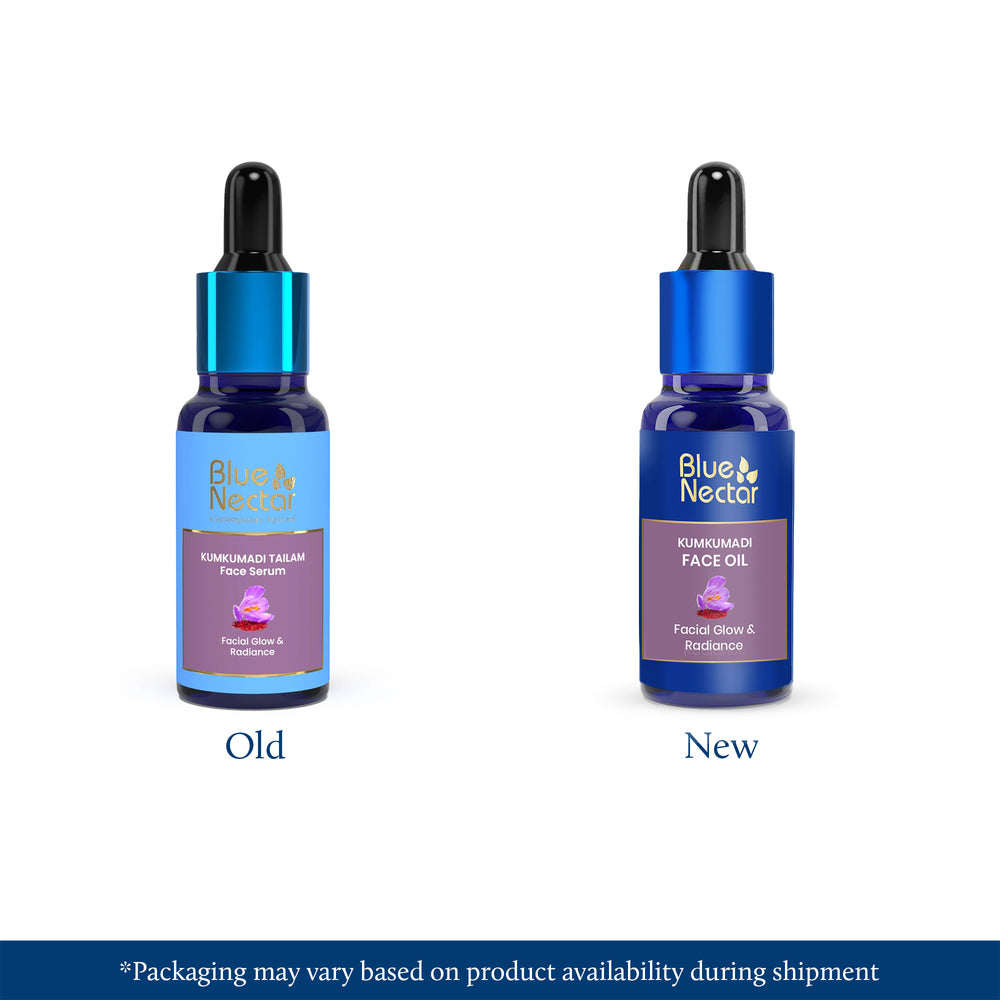
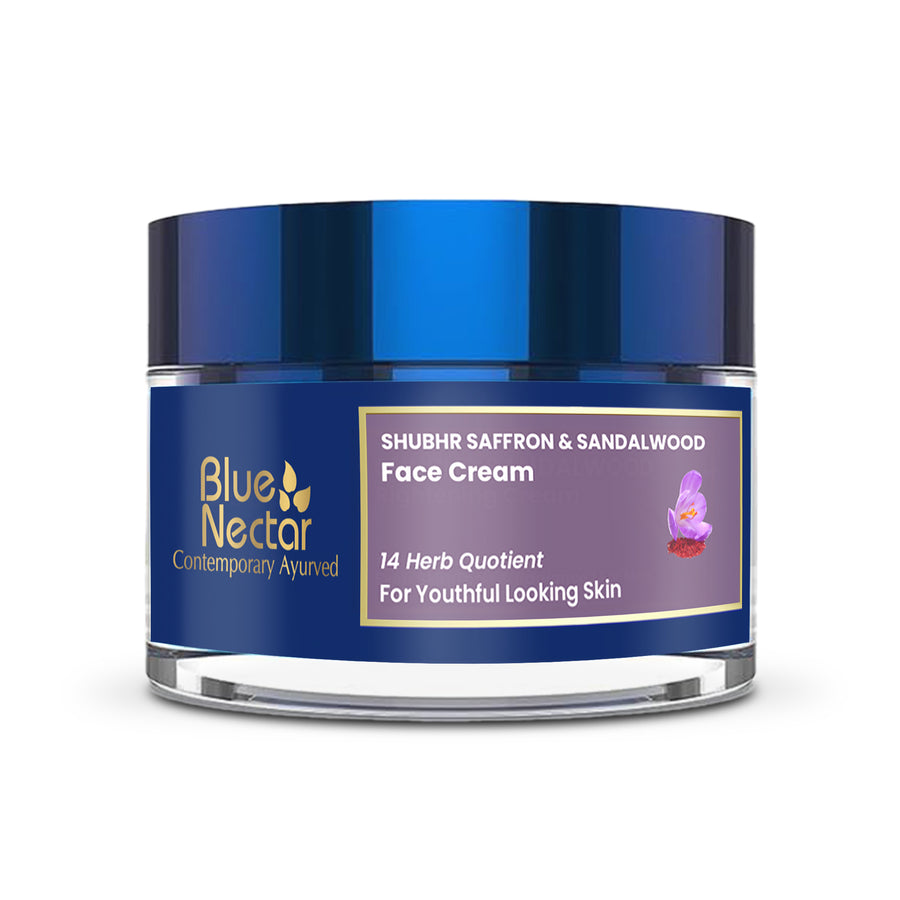

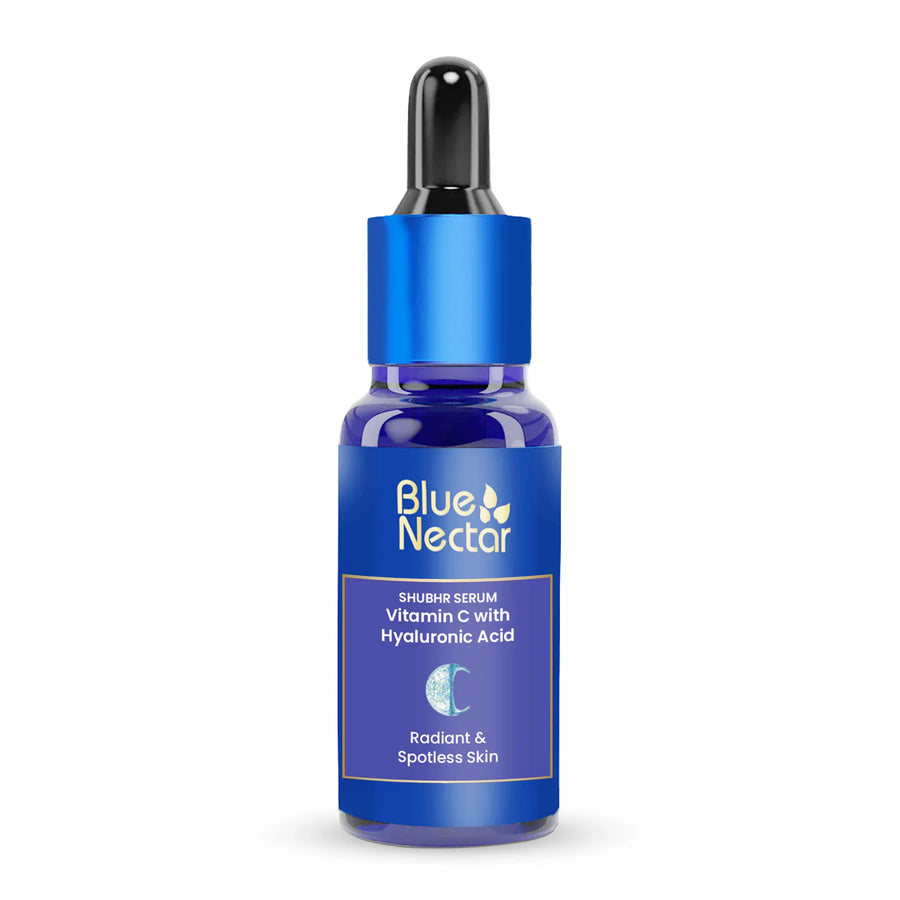


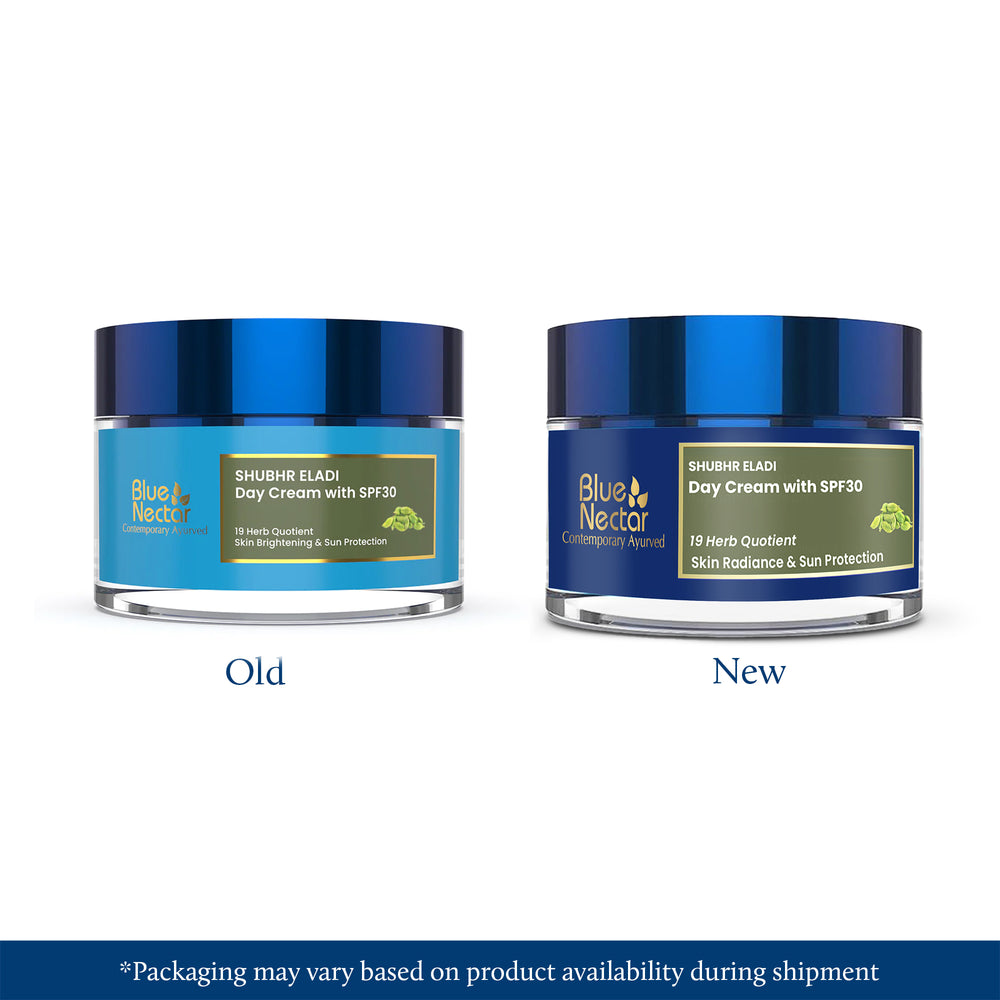
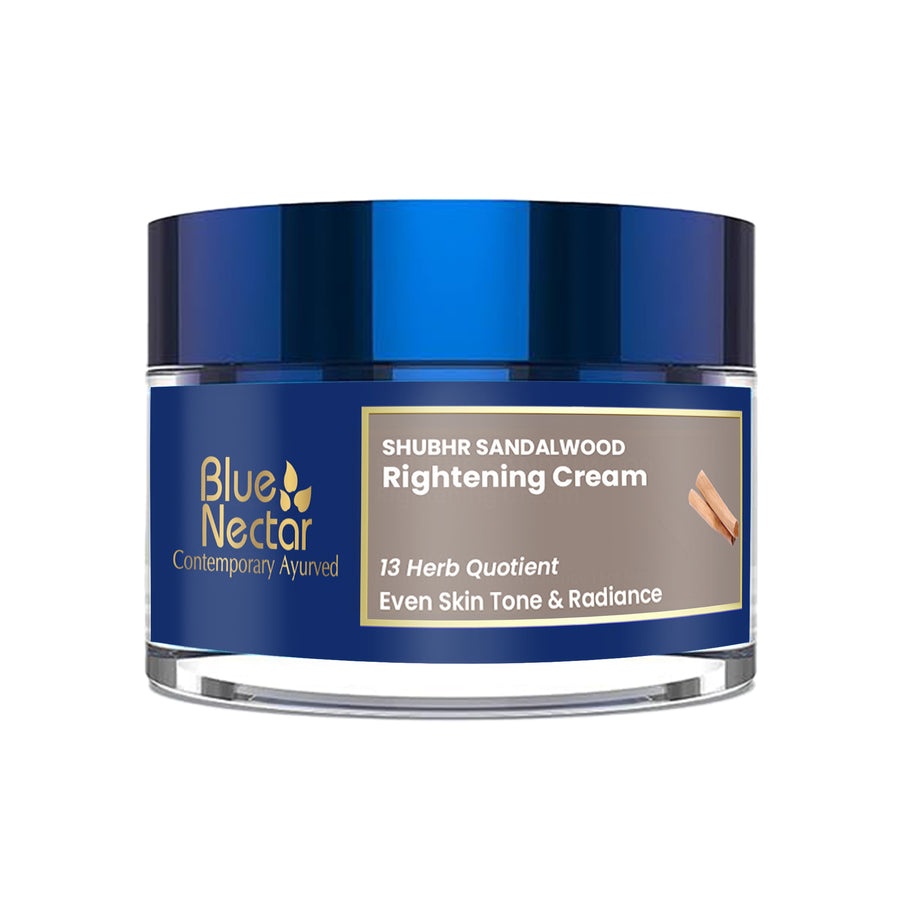
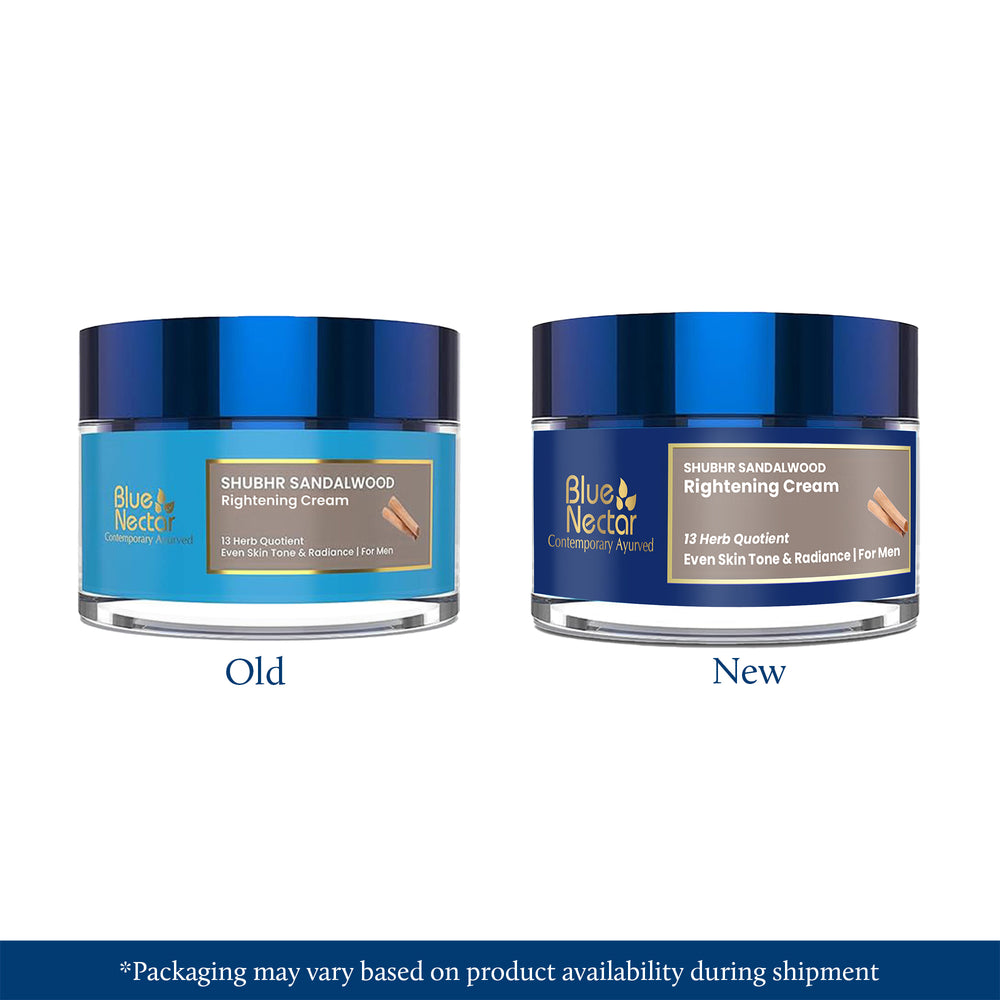




Leave a comment